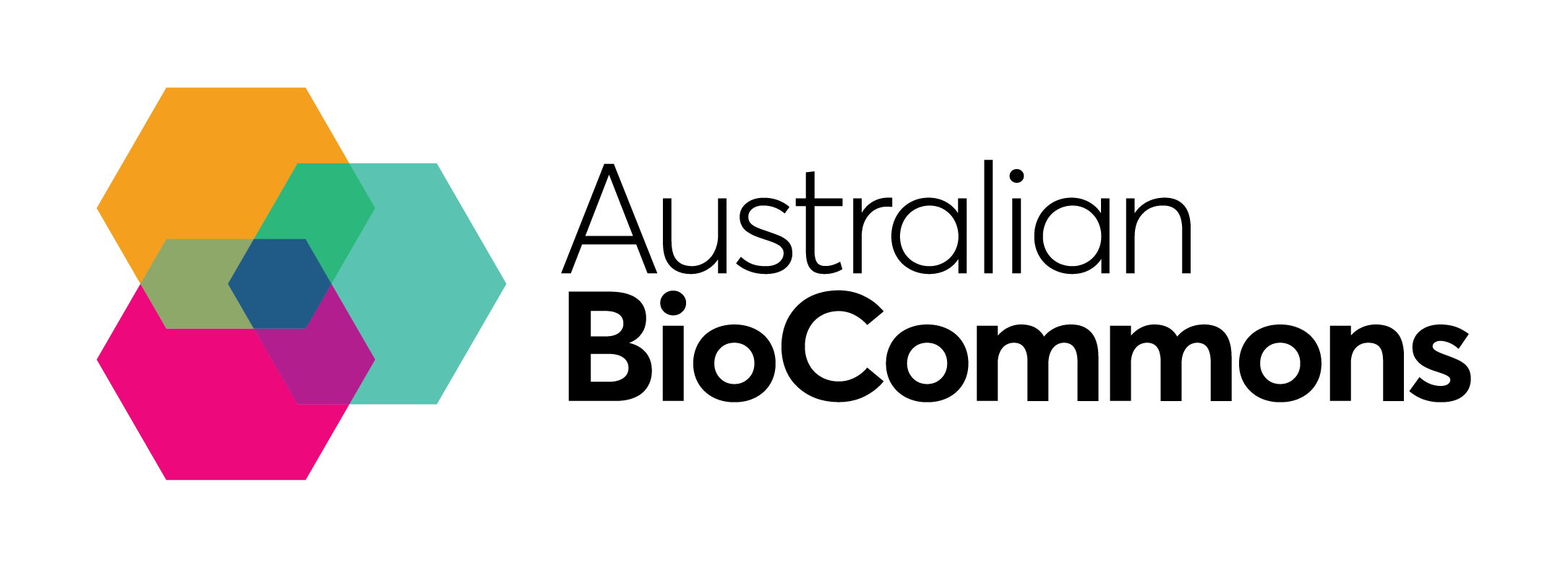An introduction to Circos, its applications & use within Galaxy Australia. This interactive workshop will show you how to select, filter and visualize heterogenous data and create Circos diagrams with line plots, histograms, heatmaps, links and chords using the Galaxy Australia frontend. Practical scenarios such as drawing genome annotations, mutations, alignments and variants will be covered. You will also learn how Circos works under the hood to help you add customizations to its configuration and extend use cases explored in the workshop.
Presenter Martin Krzywinski works in bioinformatics, data visualization, science communication and the interface of science and art. He applies design, both data and artistic, to assist discovery, explanation and engagement with scientific data and concepts. Martin is the creator of Circos and hive plots and his information graphics have appeared in the New York Times, Wired, Scientific American and covers of numerous books and scientific journals such as Nature and Genome Research. He is a co-author of the Nature Methods Points of View and Points of Significance columns.
2-5 pm AEDT / 1-4pm AEST / 11am-2pm AWST
Please make sure you register for your local venue.
Martin will lead this hybrid workshop live online and participants will be supported at each venue by trained local facilitators.
Hobart - University of Tasmania
Toowoomba - University of Southern Queensland
Melbourne - University of Melbourne
Brisbane - University of Queensland / QCIF
Perth - University of Western Australia
Canberra - Australian National University
Martin’s participation has been made possible by the support of the Australasian Proteomics Society. He will also participate in the Australasian Data Visualisation and Bioinformatics Workshop and Symposium in association with the 25th Annual Lorne Proteomics Symposium.
